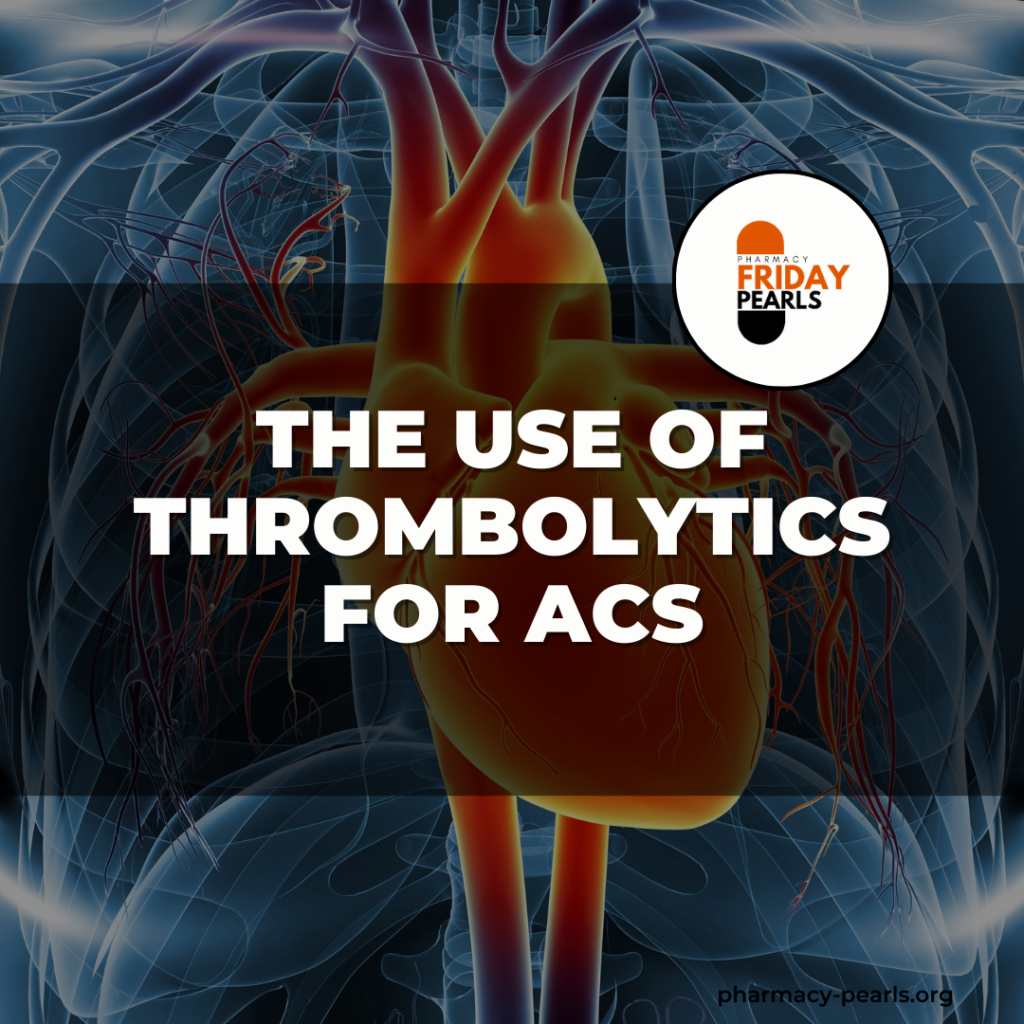Procainamide for Wide Complex Tachycardia

Introduction
- Ventricular tachycardia (VT) is an uncommon but dangerous medical condition, with an extremely variable clinical presentation.
- Intravenous procainamide is guideline recommended and is the drug of choice for the treatment of hemodynamically stable VT with a class IIa recommendation.
- Procainamide is an old drug with new evidence that supports it’s use but dosing strategies and administration techniques makes it difficult to use at the bedside.
Pharmacology
| Procainamide | |
| Dose and administration |
|
| Mechanism of Action | • Class 1A anti-arrhythmic that binds to fast sodium channels inhibiting recovery after repolarization. It also prolongs the action potential and reduces the speed of impulse conduction |
| PK/PD |
|
| Adverse Effects | Hypotension Hepatotoxicity Positive ANA titer Lupus-like syndrome Anaphylaxis caused by sulfite salt Myasthenia gravis exacerbation Angioedema |
| Drug Interactions and warnings | • Interacts with diazepam, diltiazem, milrinone, phenytoin, and hydralazine |
| Compatibility | Compatible in o 0.9 % Sodium Chloride and 0.45% sodium chloride, Incompatible with o D5 (depending on procainamide concentration), LR, and D5NS |
| Comments | • Define hospital’s dosing and administration policy as there is a risk for adverse event’s due to multiple dosing strategies in the literature |
Overview of Evidence
| Author, year | Design/ sample size | Intervention & Comparison | Outcome |
| Ortiz,2017 | Randomized controlled trial n= 62 | IV procainamide 10 mg/kg over 20 min IV amiodarone 5mg/kg over 20 min | Major cardiac adverse occurred in 3 of 33 (9%) procainamide and 12 of 29 (41%) amiodarone patients. Tachycardia terminated within 40 min in 22 (67%) procainamide and 11 (38%) amiodarone patients. |
| Maril,2010 | Multicenter cohort study n= 187 | IV Amiodarone 2 mg/kg infusion at a rate of at least 10 mg⁄ min IV Procainamide 10 mg/kg infusion at a rate of at least 15 mg⁄ min | • The rates of VT termination were 25% (13 ⁄ 53) and 30% (9 ⁄ 30) for amiodarone and procainamide, respectively. |
| Komura,2010 | Retrospective analysis n= 90 | IV Procainamide 100 mg over 1–2 min IV Lidocaine bolus of 50 mg | • Procainamide and lidocaine terminated VTs in 53/70 (75.7%) and in 7/20 (35.0%) respectively. |
| Maril,2006 | Retrospective case series n= 33 | IV Amiodarone 150 mg over 15 minutes | Amiodarone rate of successful ventricular tachycardia termination was 8 of 28 (29%). Two of 33 patients (6%) required direct current cardioversion for presyncope or hypotension temporally associated with amiodarone treatment. |
| Gorgels,1996 | Randomized parallel study n= 79 | IV Procainamide 10 mg/kg IV Lidocaine 1.5 mg/kg | Lidocaine terminated 6 of 31 VTs and procainamide 38 of 48 (p <0.001). A comparison of the QRS width and QT interval before and at the end of the injection revealed significant lengthening of these values after procainamide but no change after lidocaine. |
| Callans,1992 | Observational study n= 15 | IV Procainamide rate of 50 mg/min until the arrhythmia terminated or a total dose of 15 mg/kg | • Procainamide was well tolerated and resulted in termination of ventricular tachycardia in 93% of patients after administration of 100 to 1,080 mg (median dose 600 mg). |
References
- Procainamide. Micromedex [Electronic version].Greenwood Village, CO: Truven Health Analytics. Retrieved July 6, 2020, from http://www.micromedexsolutions.com/
- Long B, Koyfman A. Best Clinical Practice: Emergency Medicine Management of Stable Monomorphic Ventricular Tachycardia. J Emerg Med 2017;52:484-492.
- Ortiz M, Martín A, Arribas F, et al. Randomized comparison of intravenous procainamide vs. intravenous amiodarone for the acute treatment of tolerated wide QRS tachycardia: the PROCAMIO study. Eur Heart J. 2017;38(17):1329-1335. doi:10.1093/eurheartj/ehw230
- Marill KA, deSouza IS, Nishijima DK, et al. Amiodarone or procainamide for the termination of sustained stable ventricular tachycardia: an historical multicenter comparison. Acad Emerg Med. 2010;17(3):297-306. doi:10.1111/j.1553-2712.2010.00680.x
- Komura S, Chinushi M, Furushima H, et al. Efficacy of procainamide and lidocaine in terminating sustained monomorphic ventricular tachycardia. Circ J. 2010;74(5):864-869. doi:10.1253/circj.cj-09-0932
- Marill KA, deSouza IS, Nishijima DK, Stair TO, Setnik GS, Ruskin JN. Amiodarone is poorly effective for the acute termination of ventricular tachycardia. Ann Emerg Med. 2006;47(3):217-224. doi:10.1016/j.annemergmed.2005.08.022
- Gorgels AP, van den Dool A, Hofs A, et al. Comparison of procainamide and lidocaine in terminating sustained monomorphic ventricular tachycardia. Am J Cardiol. 1996;78(1):43-46. doi:10.1016/s0002-9149(96)00224-x
- Callans DJ, Marchlinski FE. Dissociation of termination and prevention of inducibility of sustained ventricular tachycardia with infusion of procainamide: evidence for distinct mechanisms. J Am Coll Cardiol. 1992;19(1):111-117. doi:10.1016/0735-1097(92)90060-z
- Wellens HJ, Bär FW, Lie KI, Düren DR, Dohmen HJ. Effect of procainamide, propranolol and verapamil on mechanism of tachycardia in patients with chronic recurrent ventricular tachycardia. Am J Cardiol. 1977;40(4):579-585. doi:10.1016/0002-9149(77)90074-1


Responses